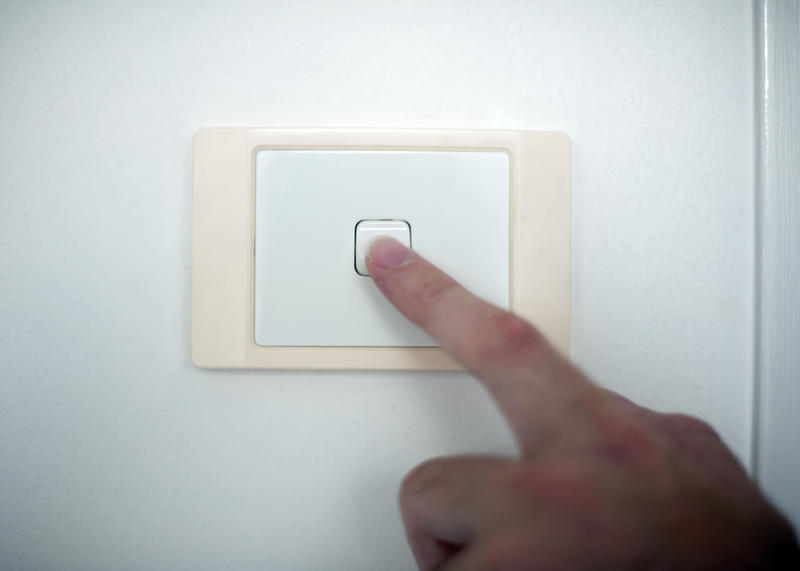
Have you ever experienced a sudden loss of power in your home?
It’s a frustrating inconvenience, but it also serves as a crucial reminder of the electrical safety net that protects your property and loved ones.
At the heart of this safety net lies the circuit breaker, a device designed to prevent electrical fires and injuries by interrupting the flow of electricity when it detects an overload or short circuit.
In this blog post, we’ll explore the intricacies of circuit breakers, how they work, why they trip, and what you can do to prevent future interruptions.
By understanding your home’s electrical safety net, you can take proactive steps to ensure a safe and comfortable living environment.
How Circuit Breakers Work
A circuit breaker operates on the principle of electromagnetic induction.
Inside the device, there is a coil that generates a magnetic field when electricity flows through it.
If the current exceeds a predetermined threshold, the magnetic field becomes strong enough to trip a mechanism, disconnecting the circuit.
This interruption prevents excessive current from reaching vulnerable components, such as wires and appliances, which could potentially ignite a fire.
Circuit breakers are typically grouped in a panelboard, also known as a breaker box.
Each breaker controls a specific circuit within your home, supplying power to different outlets and appliances.
If a problem occurs in a particular circuit, the corresponding breaker will trip, isolating the issue and preventing it from affecting the entire electrical system.
Common Reasons for Circuit Breakers to Trip
There are several reasons why a circuit breaker might trip, including:
● Overloading: When too many appliances or devices are connected to a single circuit, the total current can exceed the breaker’s capacity, causing it to trip. This is often the case during peak usage times, such as when everyone in the household is cooking, using appliances, or running electronics simultaneously.
● Short Circuit: A short circuit occurs when a live wire comes into contact with a neutral wire or ground. This can happen due to damaged wiring, faulty appliances, or accidental contact. Short circuits can cause a sudden surge of current, which can quickly overload a circuit and trip the breaker.
● Grounded Fault: A grounded fault occurs when a live wire comes into contact with a grounded object, such as a metal appliance or plumbing fixture. This can create a dangerous situation and may cause the breaker to trip.
● Faulty Appliance: A defective appliance can draw excessive current, leading to a tripped breaker. If you notice that a particular breaker trips frequently when a specific appliance is in use, it’s a good indication that the appliance may be faulty.
● Power Surge: Power surges, caused by lightning strikes, electrical storms, or utility company equipment failures, can overload circuits and trip breakers.
Preventing Circuit Breaker Trips
While it’s impossible to eliminate the risk of circuit breaker trips, there are several steps you can
take to minimise their occurrence:
● Avoid Overloading Circuits: To prevent overloading, distribute your appliances and devices across multiple circuits. Also, avoid plugging too many high-power appliances into a single outlet.
● Use Surge Protectors: Protect your electronics from power surges by using surge protectors. These devices can absorb excess voltage and prevent damage to your equipment.
● Inspect Wiring Regularly: Have a qualified electrician inspect your home’s wiring periodically to identify and address any potential problems. Look for signs of damage, such as frayed wires, loose connections, or discolouration.
● Replace Faulty Appliances: If an appliance is frequently causing circuit breakers to trip, it may be time to replace it.
● Install a Whole-House Surge Protector: For added protection, consider installing a whole-house surge protector. This device can safeguard your entire electrical system from power surges.
Choose the Right Breaker
By understanding the causes of trips in circuit breakers and taking proactive measures to prevent them, you can enhance the safety and reliability of your home’s electrical system.
Remember, if you experience frequent or unexplained circuit breaker trips, it’s important to consult with a qualified electrician to diagnose the underlying issue and take appropriate corrective action.
(Pic under free licence by freeimageslive.co.uk)


















Recent Comments